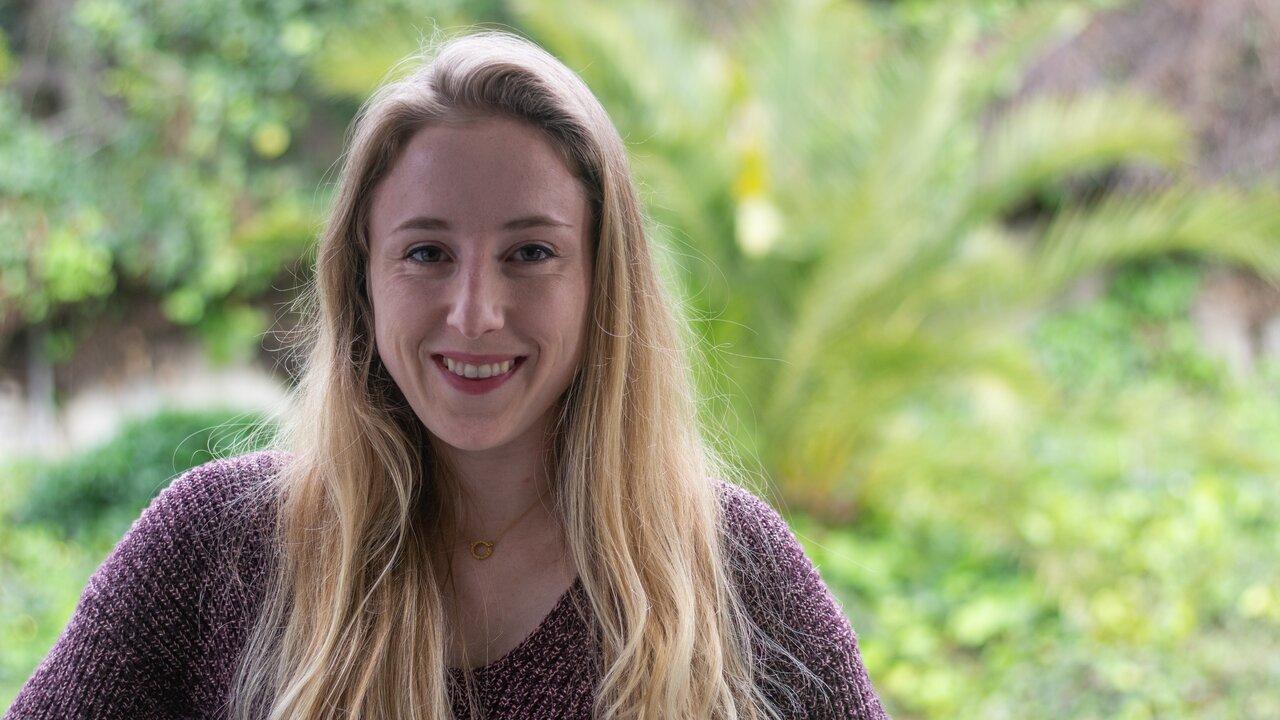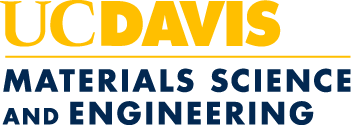
Alumni Spotlight: Emily Beeman ‘17
Materials science and engineering alumna Emily Beeman ’17 draws on her UC Davis experience every day as she helps keep UC Berkeley’s Marvell Nanofabrication Lab running.
Beeman is an R&D process engineer at the micro- and nano-fabrication shared research center, which is used by researchers across the region. She is part of a team that oversees the day-to-day operations of the lab’s state-of-the-art photolithography equipment, which is used to create patterns in a materials that will eventually become semiconductor devices. This involves training members to use the equipment, troubleshooting problems, recommending equipment or settings for each researcher’s needs and developing and implementing best practices and processes for the machines.
“I create recipes for a variety of applications so we have standard characterized processes that researchers can then adapt to their work instead of having to characterize it themselves,” she said.
Beeman joined the lab in 2017 and found that her experience at UC Davis allowed her to easily step into the role. She already had used a similar facility through a class she took at UC Davis’ Center for Nano-MicroManufacturing (CNM2), had laboratory experience as an undergraduate researcher with professor Sangtae Kim and was familiar with scanning electron microscopy (SEM) through a summer internship and her senior design project.
A Love of Materials Science
Beeman found her calling in electronic materials early in her time at UC Davis, when she saw a demonstration of how material structure changes make yellow LEDs turn green when dipped in liquid nitrogen. This motivated her to learn more and teach herself circuit design so she could bring it to the Materials Advantage Student Chapter (MASC)’s annual Materials Magic Show on Picnic Day.
“I thought that was so cool,” she said. “I ended up making a Harry Potter-style lightning bolt shape out of LEDs for the show that you could stick in the liquid nitrogen and show the whole audience this yellow lightning bolt turning green. That was great, because any hands-on experience in your first two years really gets you motivated for the rest of it.”
As she learned more, Beeman credits Rajesh Chopdekar—a former postdoctoral scholar, research associate and lecturer with the department—for his impact and for helping keep her invested in materials science.
“He did a good job trying to re-vamp the existing material and labs to focus on applications and make it his own,” she said. “I understood the material a little better while he was teaching because he made it feel a lot more tangible.”
She also became more involved in MASC, the department’s student organization. She eventually served as chapter chair, where she was able to hone her leadership skills, work with different faculty members and connect club members with research and professional development opportunities.
A Supportive Environment
In MASC and in classes, she recalls the support of professors Yayoi Takamura and Ricardo Castro, distinguished professor Subhash Risbud, associate professor of teaching Susan Gentry and professor Julie Schoenung, who is now at UC Irvine.
“Lots of folks helped me at various times and in different parts of my undergraduate career, and I felt that the department was very receptive to their students,” she said. “It’s a very supportive atmosphere.”
She has therefore kept in touch with the department after graduation. She still connects with her former professors and spoke at a virtual alumni panel this fall about her experiences in the Marvell Lab. She has enjoyed seeing the materials science program grow and is proud to be able to give back as she moves forward in her career.
“Materials science can be rigorous, but you have a community that supports you,” she said. “It’s not really built to weed people out or make people compete against each other—you’ve got teammates.”
